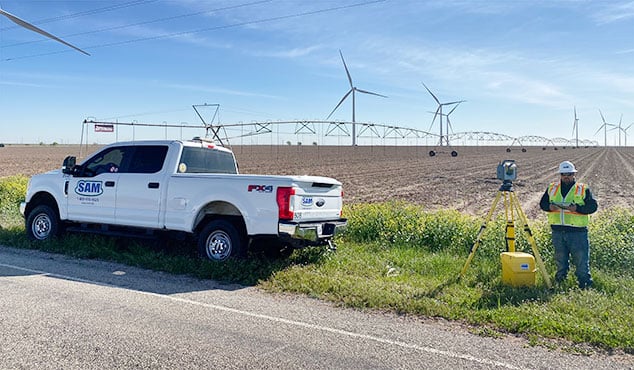The AI Edge for Maintenance & Operations: Are You Ready?
| Adam Long

By now, we’ve all heard about artificial intelligence (AI) and machine learning (ML) along with the resulting benefits of intelligent computing to recognize patterns whether that’s speech and language recognition (e.g., Siri, Alexa) or vision-recognition systems (e.g., self-driving cars).
But does AI and ML fit in the maintenance and operation of infrastructure assets, such as electric inspections? The simple answer is, of course!
A typical electric inspection project can have over a million images (both RGB and thermal). Gathering data is not a problem in today’s environment. With advanced aerial and ground-based tools, a company like ours can collect massive amounts of data quickly and efficiently.
The real challenge is digesting that much data. A thorough inspection of millions of images requires predictable processes to avoid missing an anomaly or defect—not spreadsheets (the current go-to workflow).
Enter AI and ML.
Where humans can miss these vital pieces of information, ML and AI models thrive on more data. These models are built to catch all pieces of the puzzle and hence provide a clearer picture for the project. The more data you have, the more context there is for model improvement and the higher the quality of your models. A machine learning model draws from at least 1,000 to 2,000 samples.
The benefit of all that analytics power? Applying AI and ML to electric inspection data can help streamline workflows and improve inspection, identification, classification, location, and inventory of structures and components acquired via digital capture. It can help generate reports faster and more uniformly while removing human bias.
AI-enabled workflows are more process-driven, which eliminates the common and disconnected spreadsheet inspection, image file and folder management tasks and increases quality and efficiency with massive remote sensing datasets. Predictable and repeatable processes, workflows, and automation are at the core of AI and ML.
Whereas humans can tire of evaluating image after image, machines excel at consistency, predictability, and process without bias.
As a geospatial company, our mission is to use AI and ML models to do the heavy lifting of bulk operations and deliver practical deliverables. With these capabilities, we can manage the data from the field to the application. If we have field quality items like blurry images for example, we can trace them to the source crews and sensors for immediate repair and re-collection. ML models are then run against datasets to filter data down to critical inspection features.
Having ML models running on cloud computing allows us to automatically scale up computing power as necessary to cost-effectively meet peak demand periods. By leveraging cloud architecture, and the ability to store massive amounts of data, we are able to do year-over-year analysis on inspections, hence providing tremendous value to clients. Cloud architecture also allows for delivery to clients on-premise or cloud environment to get the data to the client faster for additional analysis.
Managed datasets allow us to break apart these massive, collected datasets to disseminate to different subject matter expert teams across the country while tracking to be sure no data or project areas are missed for review.
Lastly, ML models can find defects attributed for reporting and as a result, imminently dangerous anomalies are sent for immediate attention and field repair. In summary, defined workflows help subject matter experts focus on what’s important to clients: validating and inspecting lines, poles, and other electric assets.
Through the use of technology, subject matter experts are able to build workflows to support client-specific standards and database structures and schemas that support custom reporting designs and geodatabase deliverables. Because all of the data is managed and data-driven, these technologies have the capability to create or recreate deliverables for a specific time period, spatial location, or inspection time—that is uniformity at its best!
Let’s stop using spreadsheets to inspect and maintain electric assets. We have the tools and the technologies to drive quality, efficiency, and productivity with artificial intelligence and machine learning.
Adam Long
Adam Long joined SAM in 2011 as the Chief Technology Officer. He has over 30 years of diverse experience practicing engineering, surveying, and information technology, which he used to create the Applied Technology department at SAM.
View Profile
